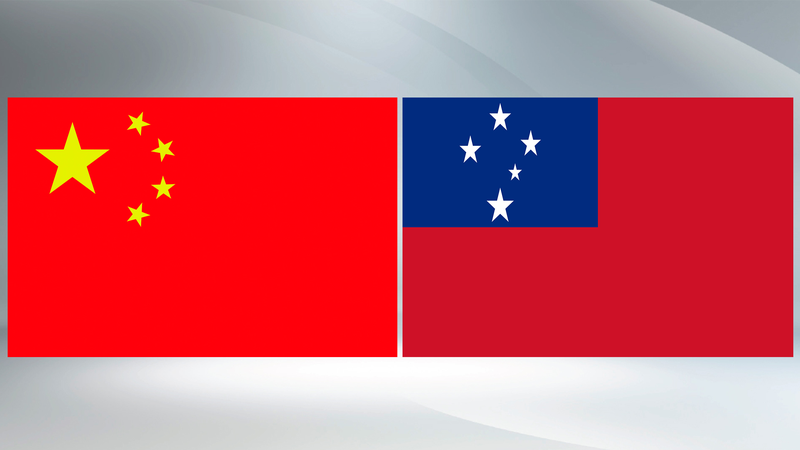In a surprising turn, the United States and China agreed this week to extend their trade truce by 90 days, setting a tentative stage for a high-stakes summit this fall. After months of tit-for-tat tariffs, both sides recognized that a prolonged standoff would hurt global markets and domestic consumers alike.
The first wave of tariff reductions—about 115 percent of duties on each side—was completed during negotiations in Geneva, with technical clarifications ironed out in London. Yet analysts warn the next phases will demand tougher compromises as Washington pushes for deeper market access, fair treatment of U.S. firms in China, and tighter cooperation on issues like fentanyl precursor control.
Even as talks progress, the diplomatic chessboard has seen cautious de-escalation. The U.S. quietly prevented Taiwan region leader Lai Ching-te from a New York stopover and delayed a planned arms shipment, signaling a desire to avoid disruptions to the trade dialogue. On the tech front, export curbs on AI chips and Huawei-made semiconductors were eased despite vocal opposition, highlighting the administration’s focus on keeping negotiations on track.
Still, structural hurdles remain steep. Many countries that have signed U.S. framework deals later interpret terms differently, and the administration’s looming exit risks weakening enforcement credibility. Meanwhile, rising inflation and holiday season pressures could force quicker concessions to shield consumers from price shocks.
For China, experts say, the path forward involves pursuing common ground with the United States while deepening ties with other disillusioned partners—from developing economies to allies like Japan, Australia and the European Union. By doing so, Beijing can enhance its economic and diplomatic standing and champion a rules-based global order rooted in shared prosperity.
The extended truce offers a window for cautious optimism, but the real test lies in navigating complex market, tech, and political divides—one negotiation at a time.
Reference(s):
Opinion: How is the U.S. redefining economic engagement with China?
cgtn.com




